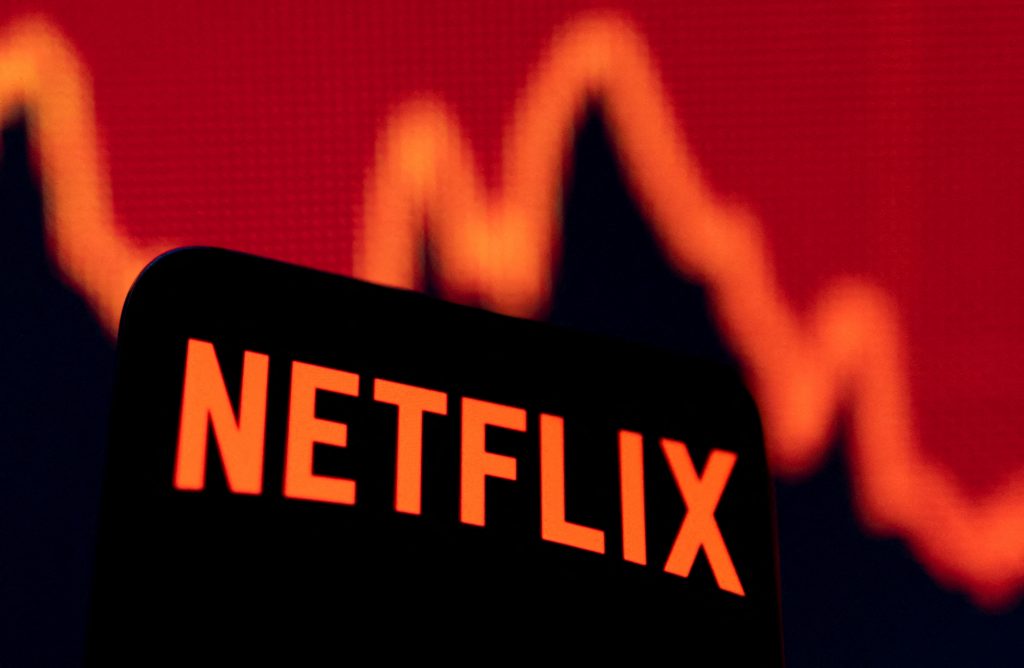On Thursday, shares of Netflix (NFLX) fell after a report suggested the company isn’t attracting a large enough audience to its ad-supported tier to satisfy spending from marketing executives.
Due to slow subscriber growth for its new ad-supported service, Netflix is reportedly refunding some ad spending commitments, as reported by Digiday. According to Digiday, Netflix has structured the deals on a “pay for delivery” basis, meaning that the advertising partners were effectively guaranteed a minimum number of views in exchange for their investment.


At the New York Times’ DealBook Summit at the end of last month, Netflix CEO Reed Hastings expressed his regret at waiting until this year to introduce the ad-based streaming service, which is $3 cheaper than its primary media platform.
On November 30 he said, “I wish we had flipped a few years earlier on that, but we’ll catch up.” The ad-supported strategy was not something I thought would work for us. It turns out I was incorrect. Hulu showed that this could be done on a large scale while still providing affordable service to customers.
Shares of Netflix were down 7.8 percent in premarket trading on Thursday, trading at $293.01 each. Even with this drop, the stock has gained a substantial 63.3 percent over the past six months.
Due in part to the popularity of shows like “Stranger Things,” “The Watcher,” and “Dahmer: The Jeffrey Dahmer Story,” Netflix smashed Wall Street’s third-quarter earnings forecast in late October while adding more than 2.4 million new subscribers.
Netflix projected that it would add about 4.5 million subscribers in the fourth quarter of 2018, which was in line with analyst expectations. The company also projected revenues of about $7.776 billion and a net income of about 36 cents per share.
However, the company said it would stop providing quarterly guidance on paid subscriber additions beginning in the next quarter and instead concentrate on revenue, margins, and earnings.
Netflix reported earnings per share of $3.10 for the three months ending in October, down about 3% year over year but nearly $1 ahead of the Street, on revenue of $7.925 billion.




